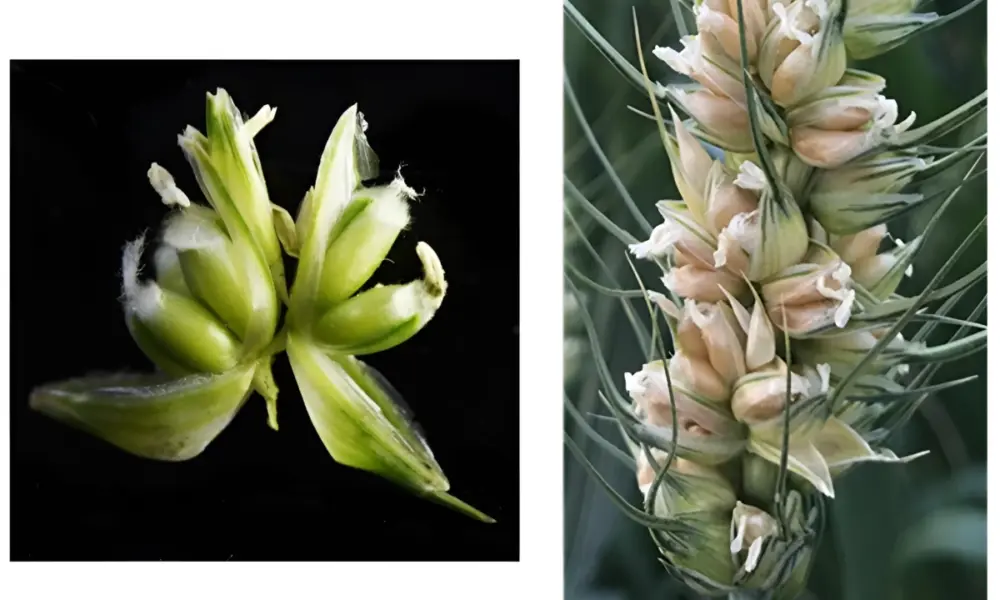Scientists at the University of Maryland have made a significant genetic discovery that could potentially triple grain yields from wheat crops. This breakthrough revolves around a rare mutant known as MOV (multi-ovary) wheat, which has the capacity to produce multiple grains from a single floret, unlike conventional wheat that typically yields only one grain per floret.
The research team focused on understanding how these MOV plants achieve such high productivity. They meticulously mapped the DNA of MOV wheat and compared it to that of standard bread wheat. Their investigation revealed that a previously dormant gene, known as WUSCHEL-D1 (WUS-D1), becomes active in MOV wheat. This gene enhances the formation of female flower parts, particularly pistils and ovaries, thereby allowing each floret to produce up to three grains instead of just one.
Unlocking Genetic Potential
“This discovery pinpointing the genetic basis of the multi-ovary trait offers a path for breeders to incorporate it into new wheat varieties,” said Assoc. Prof. Vijay Tiwari, co-author of the study. Increasing the number of grains per spike could lead to significantly higher overall yields, which is crucial for meeting the growing global demand for food.
The researchers believe that by employing modern gene-editing techniques, they can further enhance this trait in cultivated wheat plants. This could provide farmers with higher-yielding crops without the need for additional land, water, or fertilizer, thus promoting more sustainable agricultural practices.
The findings were published in a recent issue of the Proceedings of the National Academy of Sciences, demonstrating the potential for genetic engineering to revolutionize wheat production. With food security becoming an increasingly pressing issue worldwide, advancements like these could play a vital role in ensuring a stable food supply.
This innovative approach not only aims to boost agricultural efficiency but also addresses the challenges posed by climate change and growing populations. As researchers continue to explore the applications of this discovery, the agricultural landscape could see transformative changes in the years to come.







